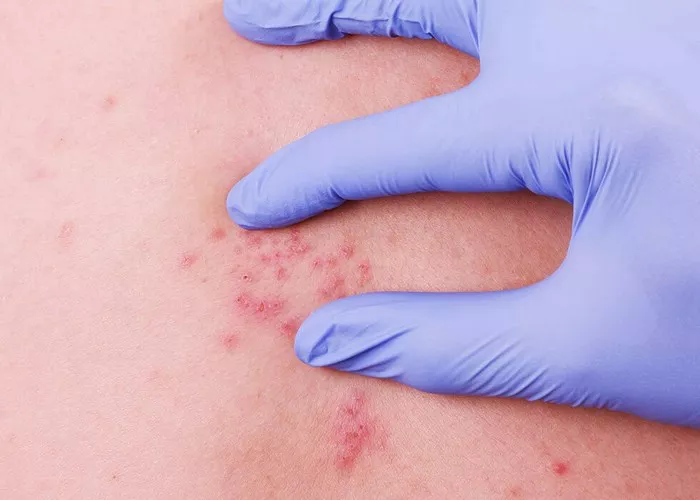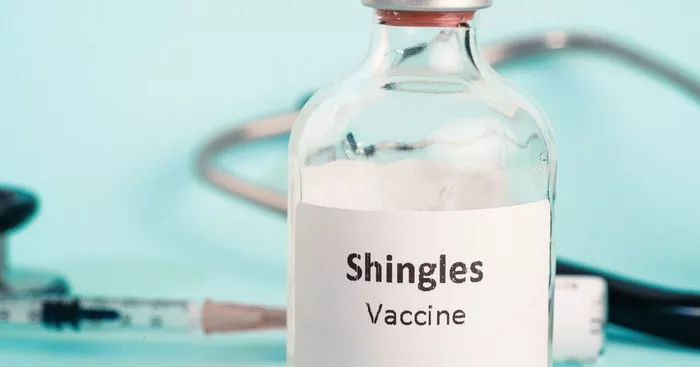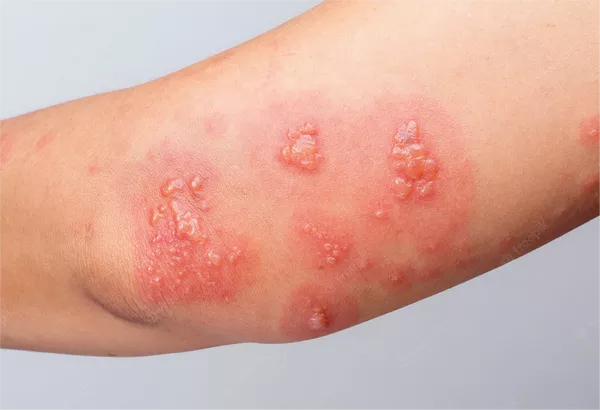The appearance of new black moles or changes in existing ones can result from various factors including sun exposure, hormonal fluctuations, genetic predisposition, natural aging, or in rare cases, abnormal cell growth. While most moles are harmless, understanding their causes and monitoring changes is crucial for skin health.
Sun Exposure: The Primary Culprit
Ultraviolet radiation significantly stimulates melanocyte activity, leading to new mole formation or darkening of existing ones. Individuals with frequent sun exposure, particularly without proper protection, are most susceptible.
Dermatologists recommend:
- Using broad-spectrum SPF 30+ sunscreen daily
- Wearing protective clothing and hats
- Regularly monitoring existing moles for changes
- Avoiding peak sunlight hours (10am-4pm)
Hormonal Influences on Mole Development
Significant hormonal changes during puberty, pregnancy, or with oral contraceptive use can trigger melanocyte activation.
These hormone-related moles typically:
- Appear as symmetrical, light brown patches
- Primarily develop on the torso
- May fade but rarely disappear completely post-pregnancy or after stopping medication
Genetic Predisposition to Mole Formation
Individuals with family histories of multiple moles have significantly higher risks of developing numerous moles themselves.
Genetic mole patterns typically:
- Begin appearing in childhood
- Stabilize by age 30
- Measure less than 5mm in diameter
- Require annual dermoscopy exams for those with family history of dysplastic nevus syndrome
Age-Related Mole Development
These age spots:
- Mostly appear on sun-exposed areas (face, hands)
- Present as well-defined dark patches
- Can be minimized with vitamin C serums but not eliminated
Warning Signs: When Moles Turn Dangerous
While most moles are harmless, these red flags warrant immediate medical attention:
- Rapid size increase
- Irregular borders or coloration
- Bleeding or itching
- Diameter exceeding 6mm
- Appearance of satellite lesions
Such changes may indicate melanoma, requiring prompt dermoscopy and possible biopsy.
Proactive Skin Health Management
Effective mole monitoring strategies include:
- Photographing and comparing moles every 6 months
- Avoiding irritation or picking at moles
- Increasing vitamin E-rich foods (nuts, seeds)
- Maintaining consistent sleep patterns
- Avoiding tobacco products
Any concerning changes should prompt immediate dermatological evaluation, which may include surgical removal and pathological examination.
Related topic:


























